 Step one. Before they start fading, in fact, as soon as possible, cut off the flowers on a few of the stems. When the flower is still tight closed. Yep, Morticia style! You can still enjoy the flowers, by taking the cut off bloom and floating them in a bowl cool water. They will last quite a while this way and it’s a beautiful and unique look. Step two. Take the stems, take of the leaves from the bottom half of the stem. Then cut off 1 inch of the bottom of the stem. Immediately place the stems in to a glass of luke warm water. Step three. While the warm water is opening up the vascular system of the rose stem, get a small plastic plant pot with drain holes. The kind annuals come in. (We have some. Or Braums sundae or plastic drink cups with drain holes melted in the bottom) Fill it with a light, loose potting mix. Cactus and succulent soil or seed starting mix work well. Make sure it doesn’t contain and fertilizer of any kind and make *absolutely* sure it doesn’t have and of those water retention crystals. (Avoid miracle gro) Place the pot or pots in a saucer of water and let the water soak up into the pot. Do not water from above, that will tamp the soil down too much. Take a pencil and jab a hole in the middle of the soil. Place the stem in the hole and fill in around the rose. Make sure there are 3-5 inches of stem under the soil line with no leaves. Step four. Place the pot in a bright room but out of direct sun light. Near an east window is perfect! You can either mist the soil, stem, and leaves 2-3 times a day, or you can cut the top off of a 3 quart soda bottle so that it fits over the plant and pot. In that case you can mist once a day. Step five. In 4-6 weeks you should see new growth. You can permanently remove the plastic, but continue misting the plant once a day. Let it grow for another 2-3 weeks, you can move the plant outside and into a bigger pot. By mid April you will have successfully made your own rose plant! Now, florist’s roses have been bred for flower production, not beauty of plant. But you should have yourself a source of beautiful cut flowers! You have also become a plant propagator! You can use this process for pretty much any shrub and tree!
0 Comments
Happy New Year every one! Kathy and I are excited for the third year of Plant Wisdom Garden Center. Last year, in spite of many challenges(late freezes, rain, ice, and heat), we saw a lot of familiar faces, friends, and newcomers. We are so happy to be here again and hoping for our best year yet! We have some fun and interesting classes planned, exciting new plants, and the same outstanding hardy plants you’ve come to expect from Plant Wisdom.
Doing these is a great way to accomplish some of your New Year Resolutions. Just half an hour gardening can burn up to 300 calories. Mycobacterium vaccae, that’s a bacteria and it’s in your soil. A walk through your yard, and it will be on your shoes. This bacteria was found about 10 years ago and used to boost the immune system of cancer patients. As a side effect, the oncologists found that the mood of the treated patients improved drastically. Not to mention all the tasty herbs, fruits, and vegetables your garden can give you! So get out there and dig in the garden, your body and mind will thank you! - Alex Wisdom
Showing those photographs may be a retail cardinal sin, but our business plan is to improve everyone's skill set. Our plants went through that cold snap just like yours did. Even with a green house, a 200,000 btu heater, and blower fans, we couldn't keep up with the cold. A lot was composted, but every photo above is of a plant that should bounce back.
After all the dead and damaged portions have been removed, put the pot in a bright and warm area and lightly feed them. They will really need the resources the fertilizer and sun provide to make new leaves. After that you should have have a sad looking plant that will grow back bushy and happy! This applies to outdoor plants too, but wait to do the trimming until mid February and wait to fertilize until the plant is actively growing. If the plant is dead, this gives you a chance to try something new! Keep in mind that these frost swings may be the new normal. Last year we had a couple days of 0 degrees and one -3! These are arctic temperatures, and they are lasting for hours at a time. We didn't carry Indian Hawthorne in 2017 because of those cold snaps and we probably won't again this year. Watch what doesn't come out of dormancy this spring, these will tell us how we need to adapt going forward.
These are just a few of the conifers we have, and I hope I have given you an idea for a different kind of arrangement. In containers or in beds, hollies and conifers can create a garden unlike anyone else on your block. So think out side of the annual, perennial, hedge, and succulent boxes and come check out our selection. Below is a link to the web page of the nursery from which we get most of our conifers and evergreens. It has lots of great information as well as pictures of the full grown plants and ideas for arrangements. http://www.iselinursery.com/fanciful-gardens/ http://www.iselinursery.com/colorful-conifers/ http://www.iselinursery.com/container-gardens-alternative-for-small-spaces/ Alex Wisdom Plant nerd since grade school. Stop the Crepe Murder |
Authors
Kathy and Alex have combined experience of over 25 years, and offer their expertise here. Archives
February 2019
Categories
All
|
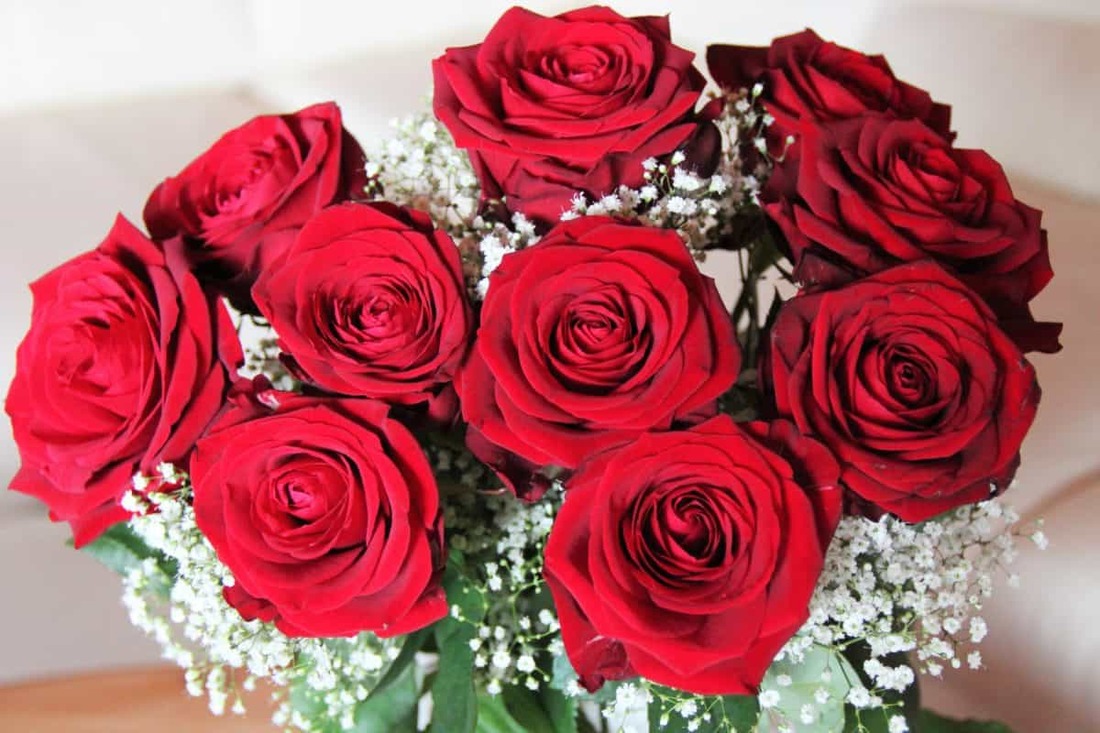
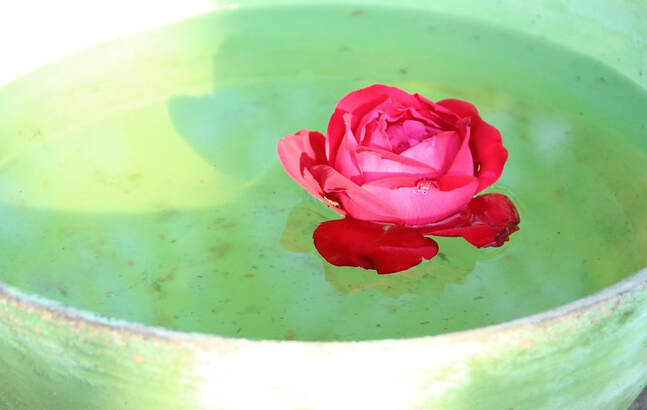
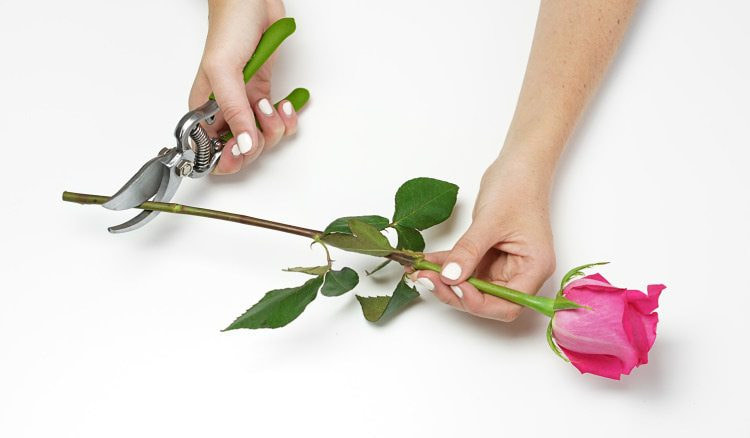
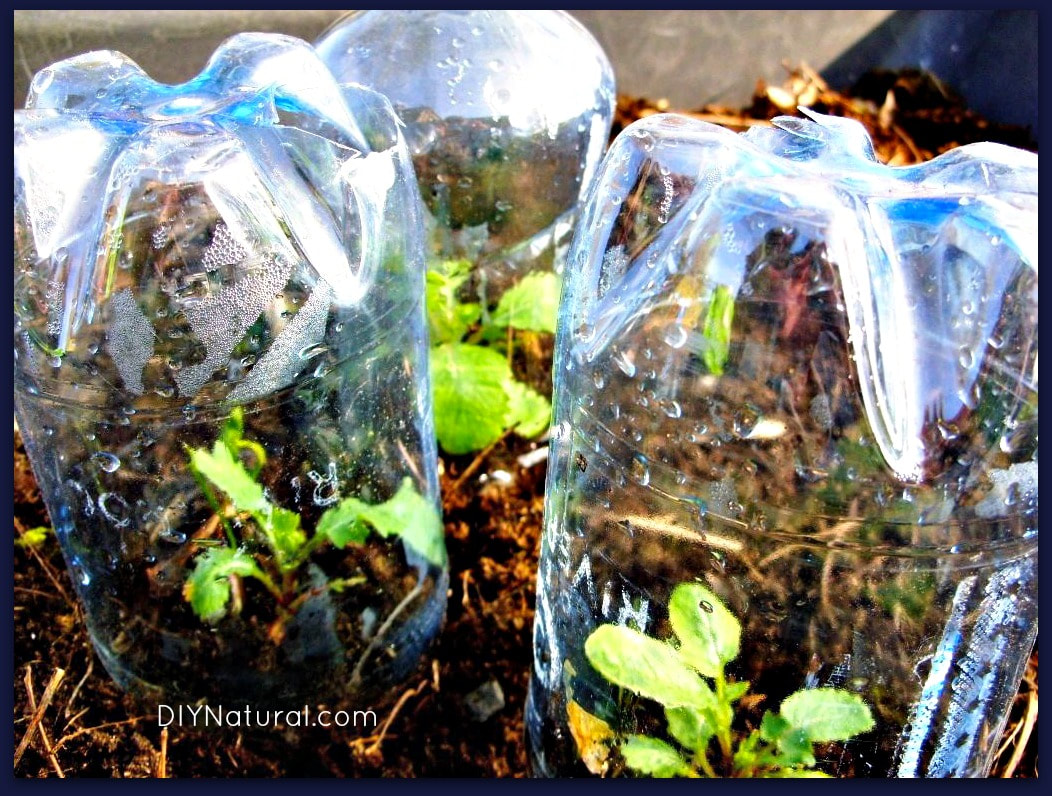
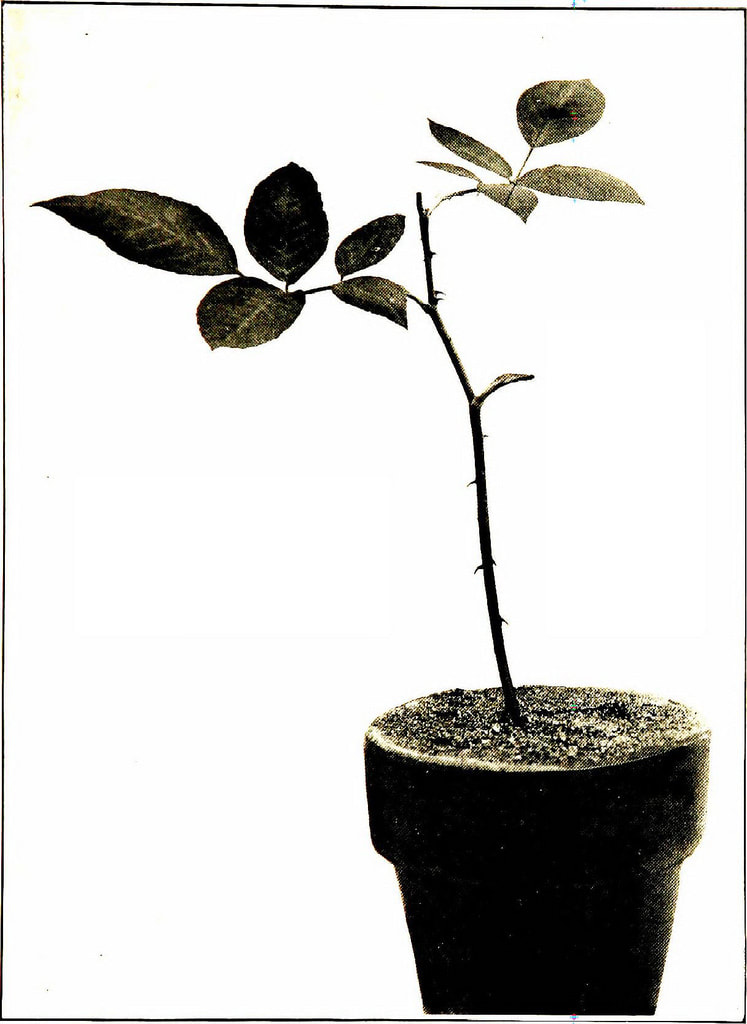
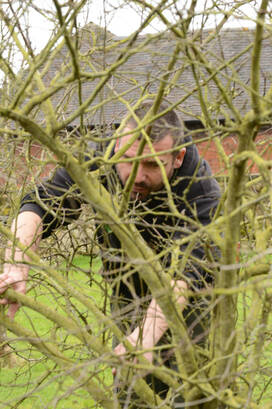

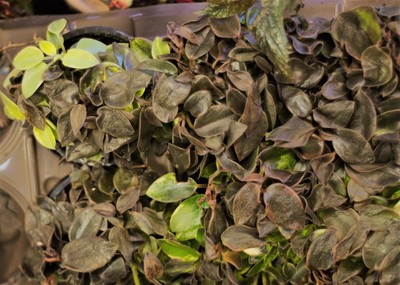
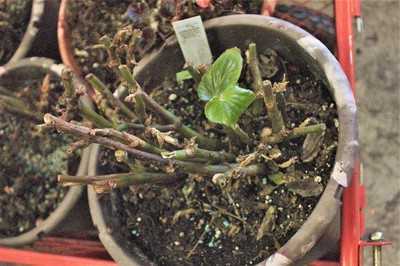
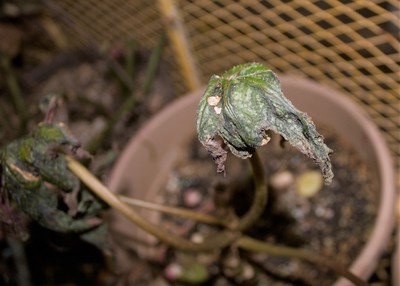
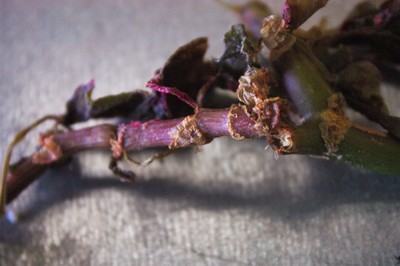
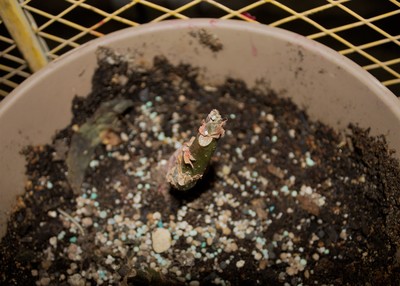
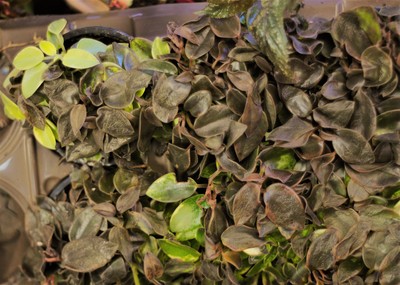
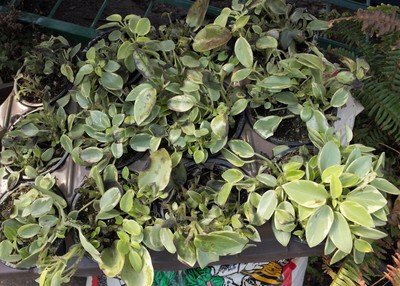

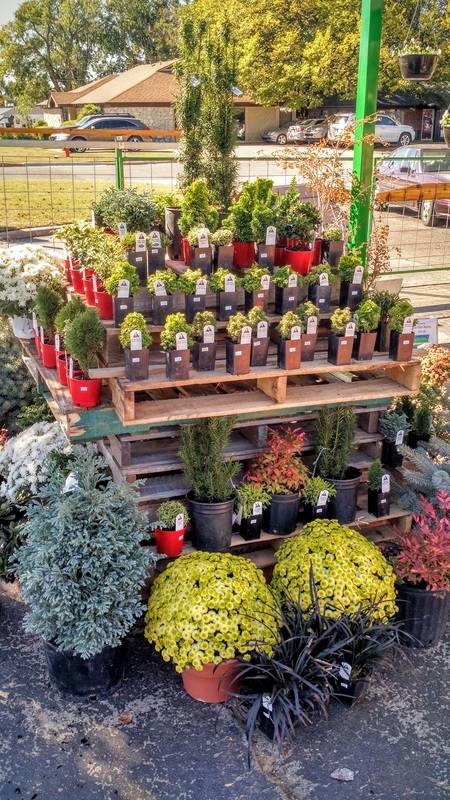
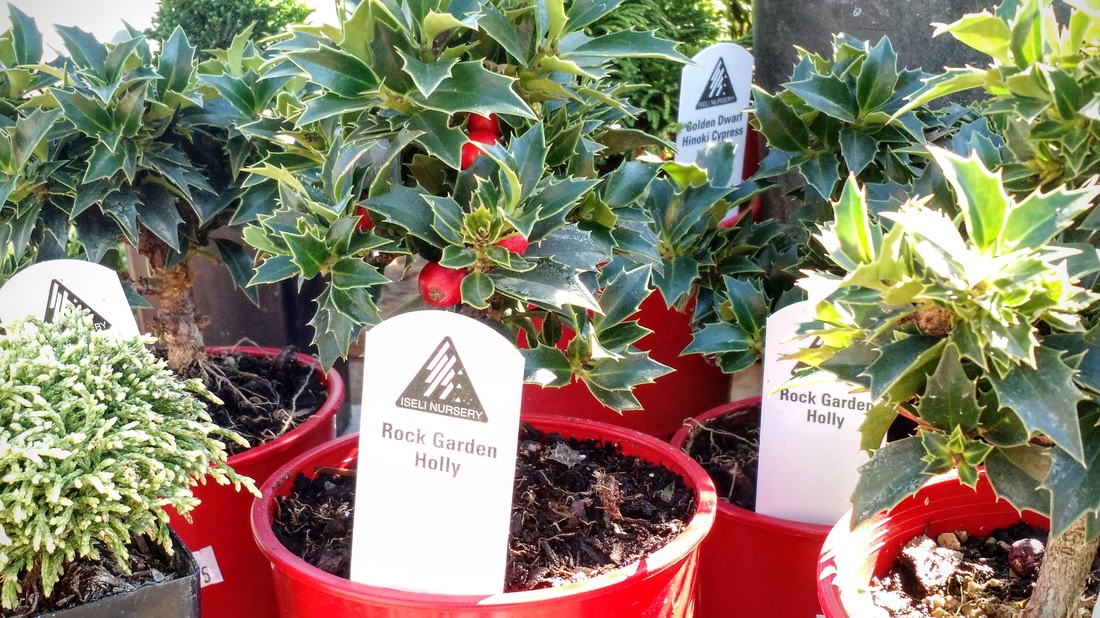
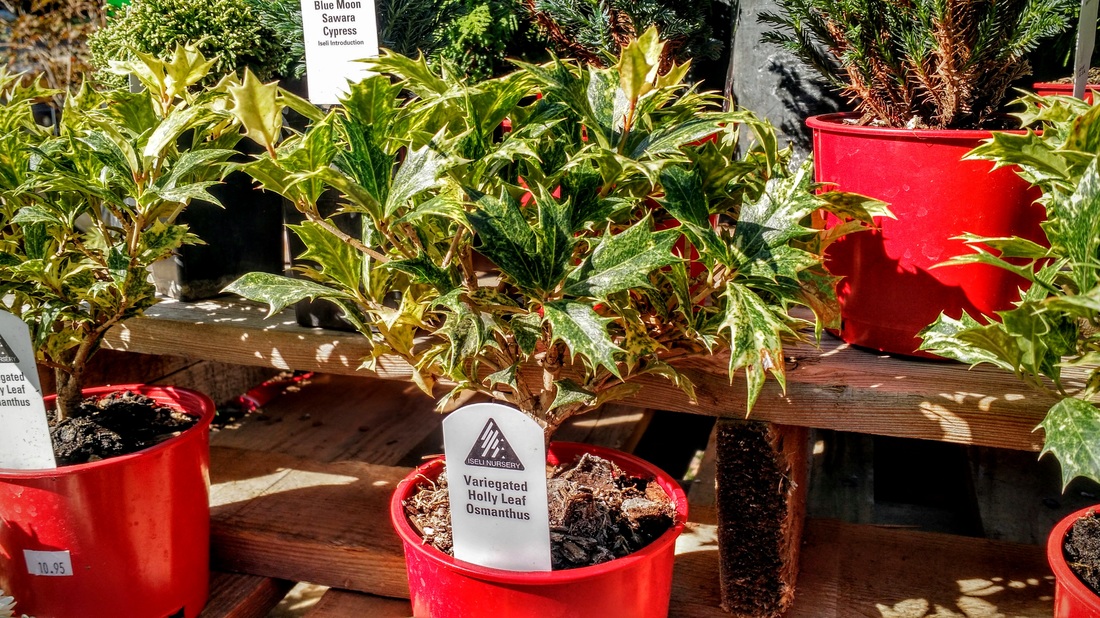
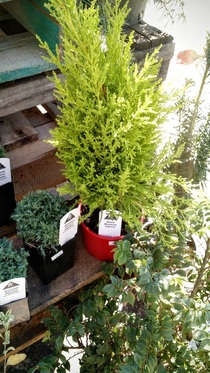
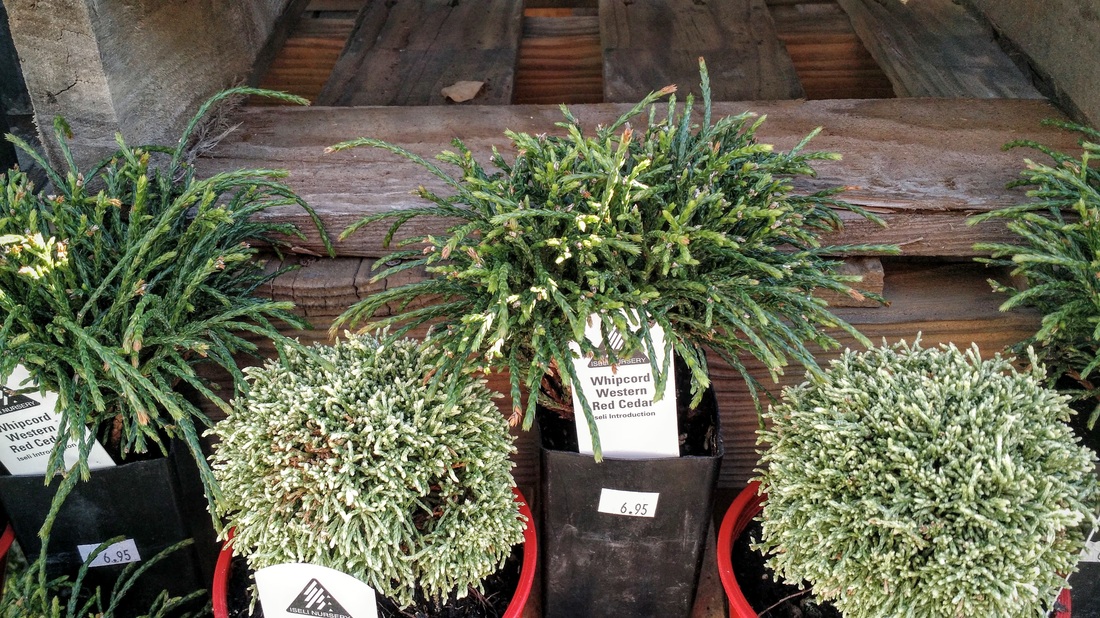
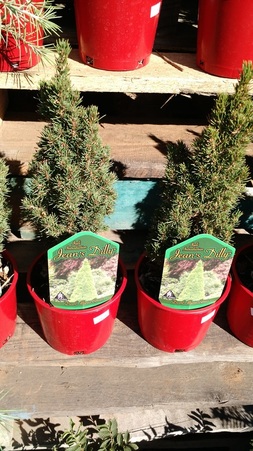
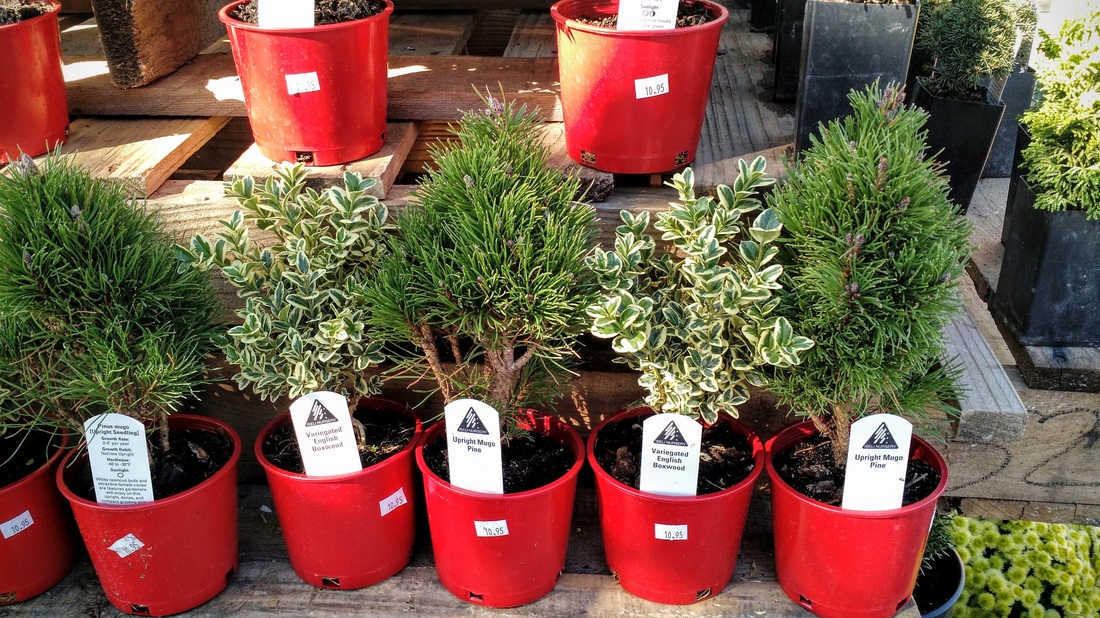
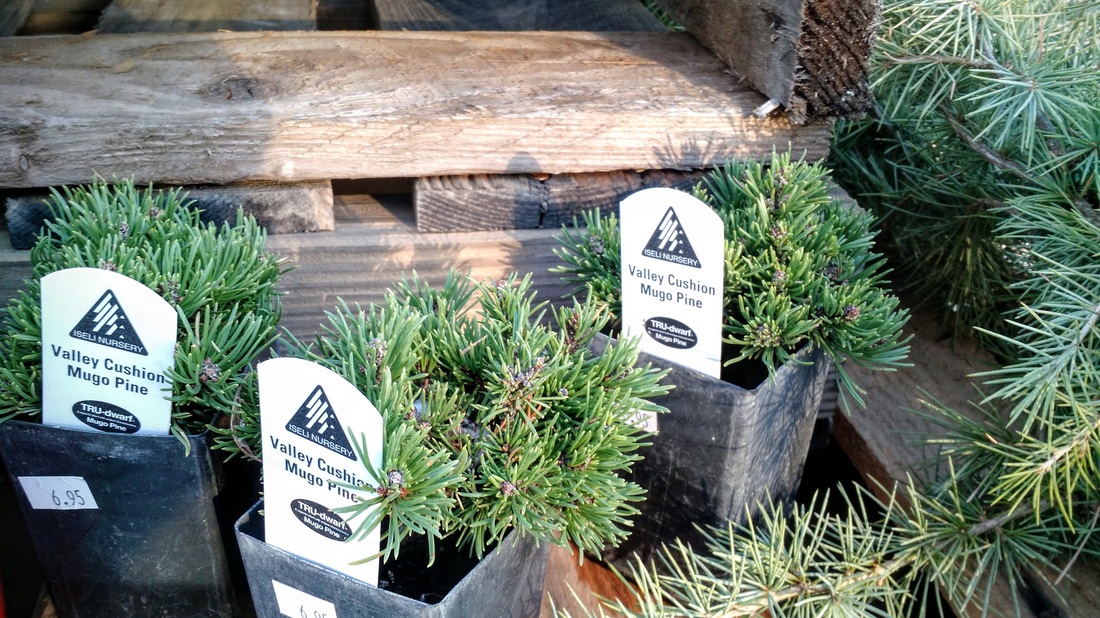
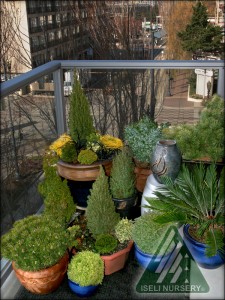
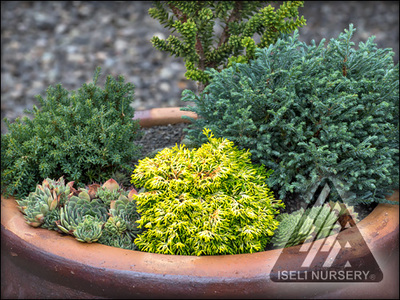
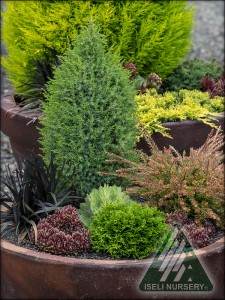
 RSS Feed
RSS Feed